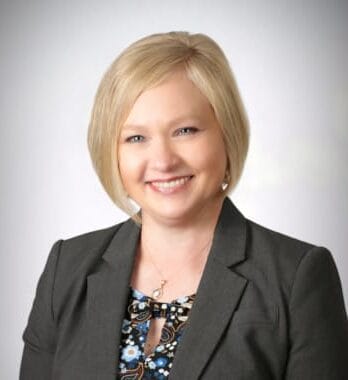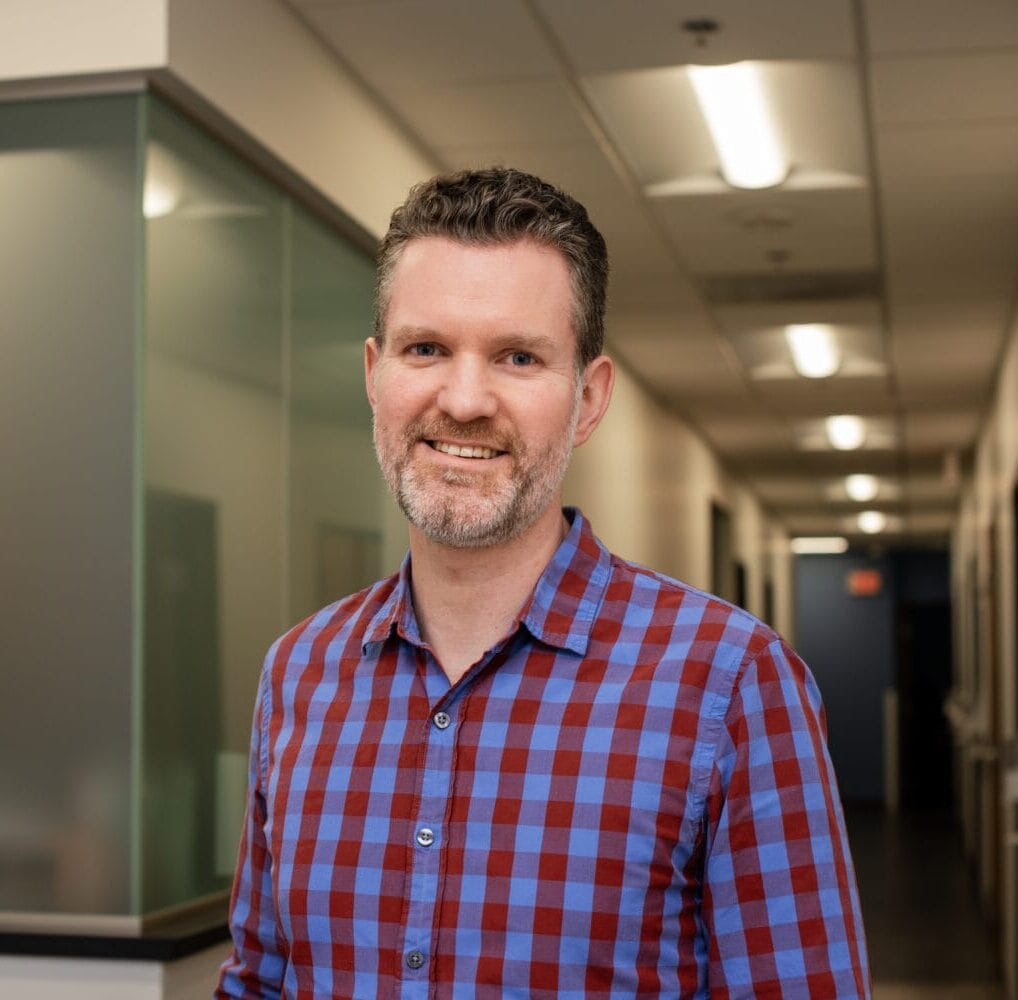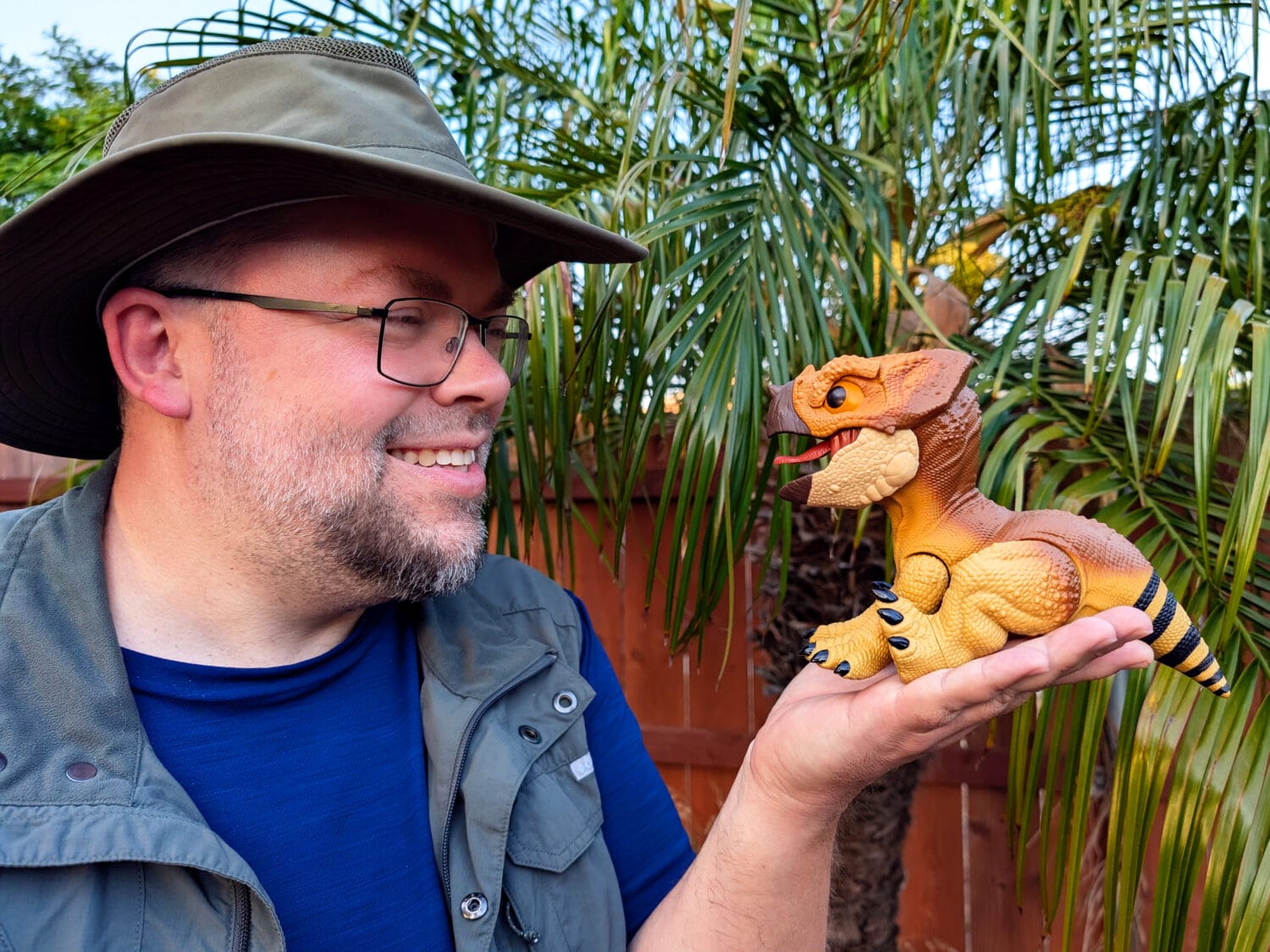WesternU provides assistance, donations to wildfire victims
The devastating wildfires that continue to burn in Southern California have affected thousands. Western University of Health Sciences students, faculty, staff and alumni are pitching in to help where they can.

WesternU College of Osteopathic Medicine of the Pacific student Rachel Battersby and her classmates are collecting food, water, hygiene and toiletry products, clothes and more. They have already delivered eight carloads of donations to distribution centers in Pasadena and Altadena, and continue to collect more.
“Many students have been directly impacted by the fires or know someone who has. I just knew that I wanted to do something to help those affected in any way that I could,” Battersby said. “I am a volunteer firefighter/EMT for my hometown community in Northern California and knowing that I have the training but was unable to do anything at that moment was really difficult. Additionally, the profession that we have chosen to go into is fundamentally about serving/helping others. It is so easy to take for granted what we have, and seeing entire communities devastated and families losing everything made me reflect. I knew I wanted to figure out a way to help no matter how small.”
As students, it’s easy to develop tunnel vision and focus solely on the next class, test, or graduation, Battersby said.
“However, I encourage everyone to pause and remember your purpose—your ‘why.’ At some point, each of us had to answer the question, ‘Why medicine?’ For many, the answer likely revolved around a desire to help others and give back,” she said. “The recent fires are devastating, with long-lasting impacts that extend far beyond the immediate aftermath. We can’t forget about these events just because they fade from the media headlines. Thousands of people have lost everything, and the recovery process will take years. Many more are struggling with respiratory issues caused by poor air quality. In the future, as practicing physicians (or other medical professionals), we may encounter patients struggling with PTSD from escaping the flames, grieving the loss of loved ones, or living with physical injuries sustained from fighting the fires. Let us stay grounded in the values that led us to this field, and remember the privilege we have to support those who endure these challenges. Thank you to everyone who has helped and continues to help, this wouldn’t be possible without you.”
College of Veterinary Medicine students in the Student Chapter of the Association of Shelter Veterinarians (SC-ASV), partnered with the Student Chapter of the Humane Society Veterinary Medical Association (HSVMA) to raise funds for the Pasadena Humane Society in support of animals affected by the recent fires. The student clubs matched student contributions up to a total of $300. The students raised $405 in donations, providing a total donation of $1,005 to the Pasadena Humane Society. Additionally, SC-ASV recently received a grant from the Association of Shelter Veterinarians for $1,500 to purchase medical supplies for creating donatable burn kits.
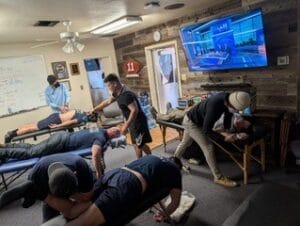
College of Health Sciences Doctor of Physical Therapy alumnus Carlos Isaac Roel, DPT ’10, organized a group of clinicians to provide care to first responders and repair crews in Altadena and Pasadena. Dr. Roel decided to take action after evacuating his home in Pasadena on Jan. 7 due to the Eaton fire. His family spent the night in the Paseo Colorado parking lot. The next day they stayed with his sister in Fullerton. His family was later able to return to their home.
View this post on Instagram
Through the Santa Ana College Fire Wellness Program, he has worked with fire departments in Pasadena, San Marino, Burbank and Glendale since 2013, so he was feeling antsy while staying with his sister.
“I knew the health history of the majority of the firefighters in Pasadena. I knew they were going to be working more than 24 hours straight. I knew their sleeping situations were not going to be ideal,” Roel said. “I was antsy because I wanted to do something. I wanted to help them out.”
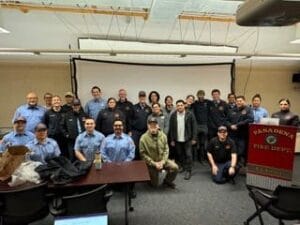
He gathered interest from others after posting on Instagram. Roel, a physical therapist and an athletic trainer, was joined by a chiropractor, physical therapists from Azusa Pacific University, a massage therapist and another athletic trainer. They provided services to first responders and workers who are helping to clean and repair the city. They provided care first at Altadena Fire Station No. 11 and then at a command center at the Rose Bowl in Pasadena.
These first responders are running to danger, Roel said. In this case, they are getting smoke inhalation for 40 hours straight, and potentially getting sick in the future. One captain said he slept crooked inside his fire engine, Roel said. He treated the captain for back pain because of that night.
Roel also works with world-class Olympic and professional athletes. There is a line of fans who want to spend money see these athletes perform. There’s less of a line for these first responders. Less people know what they do, or know the dangers they face on a day-to-day basis, Roel said.
“That’s one of the reasons why I’m so passionate about treating first responders,” Roel said. “There are minimal positions for physical therapists or athletic trainers to be employees of a city to work with first responders, but every professional team has a team of medical professionals taking care of the athletes.”
